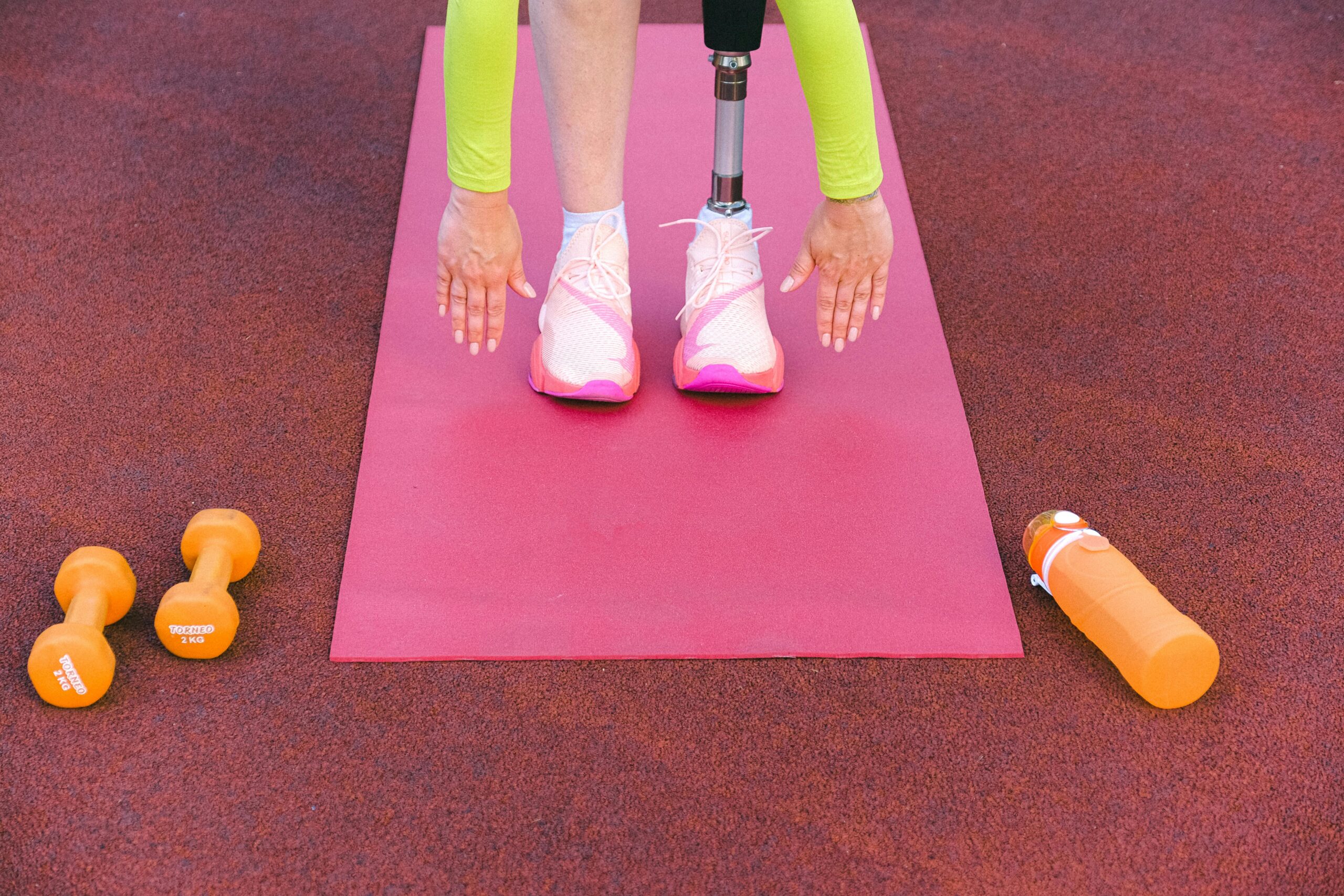Before diving into how to train agility, let’s first understand what agility actually is. Agility is the ability to move quickly and change direction with ease. It combines elements of speed, balance, coordination, and reflexes. In sports, agility can make the difference between getting around an opponent, making a critical play, or preventing an injury. In this blog, I’ll explore effective methods to train agility, the benefits of incorporating agility training into your routine, and how personalized coaching can help you or your young athlete master this essential skill.
Benefits of Agility Training
Incorporating agility training into your athletic routine offers numerous benefits:
Enhanced Performance
Improved agility translates to better on-field performance in sports like soccer, basketball, tennis, and more. Athletes with superior agility can maneuver around opponents, execute quick plays, and react faster during games.
Injury Prevention
Agility training strengthens muscles, improves joint stability, and enhances neuromuscular control, reducing the risk of injuries. By improving how your body handles quick, multidirectional movements, you minimize the likelihood of strains and sprains.
Better Coordination and Balance
Athletes develop superior coordination and balance, which are crucial for executing complex movements. This improved control helps in maintaining proper posture and alignment, essential for peak performance.
Increased Speed and Reaction Time
Agility drills boost an athlete’s speed and reaction time, providing a competitive edge. Quick reflexes and the ability to change direction swiftly are invaluable assets in any sport.
Effective Agility Training Techniques
Now, let’s delve into some effective agility training techniques that can help elevate your athletic performance:
Agility Ladders
Drills: one-foot hops, two-foot hops, lateral shuffles, and in-and-out movements.
Benefits: Improves foot speed, coordination, and quickness. These drills help athletes become light on their feet, enabling faster and more precise movements.
Cone Drills
Drills: T-drills, zig-zag runs, and figure-eight runs.
Benefits: Enhances change-of-direction speed and spatial awareness. Cone drills teach athletes to navigate through obstacles efficiently, improving their ability to adapt quickly to changing game situations.
Plyometric Exercises
Drills: box jumps, lateral jumps, and single-leg hops.
Benefits: Build explosive power, improve muscular strength, and enhance neuromuscular efficiency. Plyometric exercises focus on generating maximum force in short intervals, which is crucial for rapid, explosive movements.
Resistance Band Training
Drills: Lateral band walks, resisted sprints, and band-assisted agility drills.
Benefits: Increase resistance during movement, enhancing muscle strength and endurance. Resistance bands add an extra challenge to agility drills, promoting greater muscle engagement and strength development.
Speed and Reaction Drills
Drills: reaction ball drills, mirror drills, and shuttle runs.
Benefits: Improve reaction time, reflexes, and decision-making speed. These drills are designed to enhance an athlete’s ability to respond quickly and accurately to stimuli, which is critical in high-paced sports environments.
Agility is a fundamental component of athletic performance, offering numerous benefits from enhanced performance to injury prevention. By incorporating agility training into your routine and focusing on proper techniques, you can elevate your game and gain a competitive edge. At Athlete’s Untapped, our expert coaches are here to guide you through every step of your training, whether it be agility or not, to help you become the best version of yourself.
For more personalized coaching and training programs, check out our services and see how we can help you reach your athletic goals.




